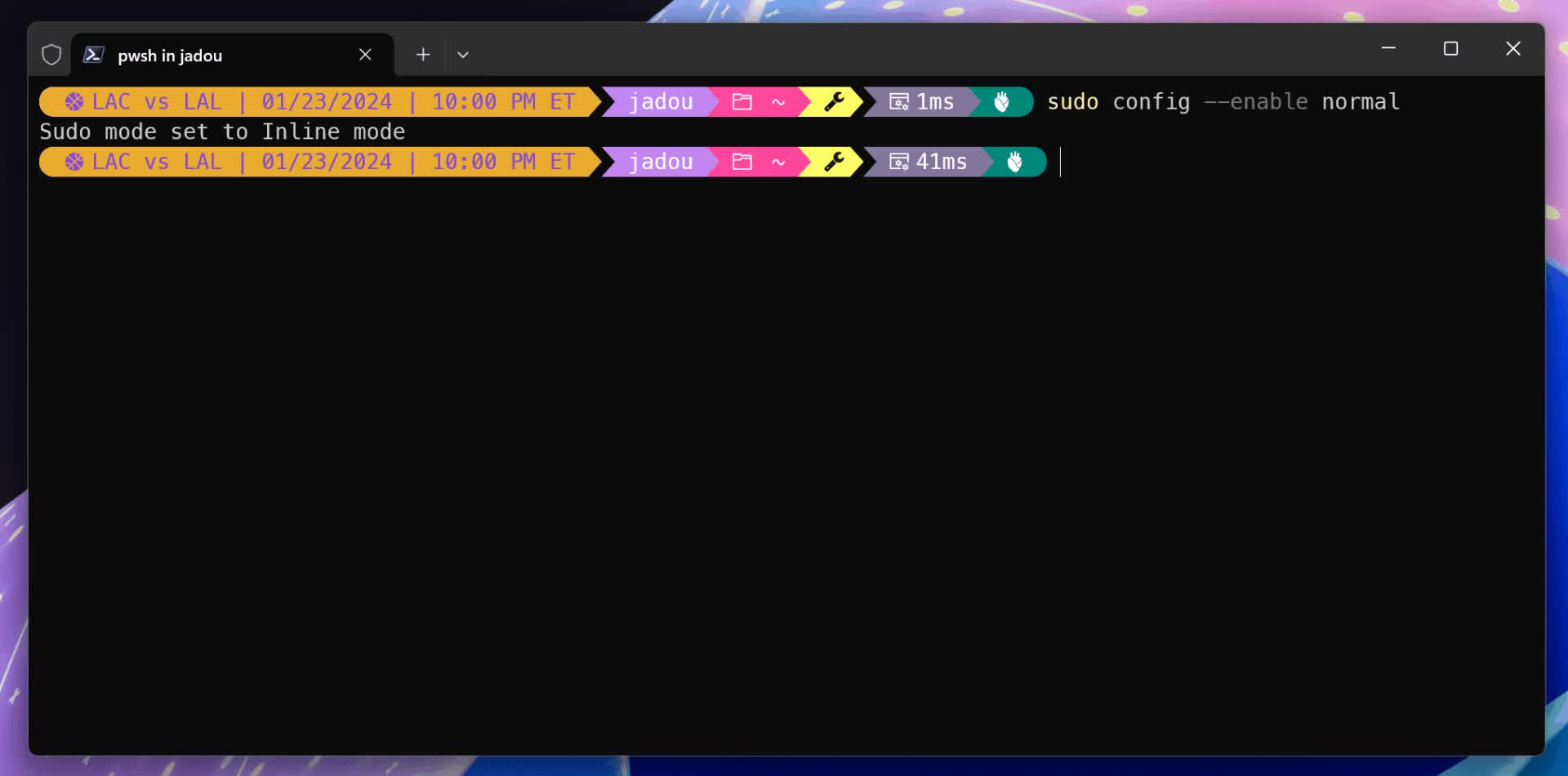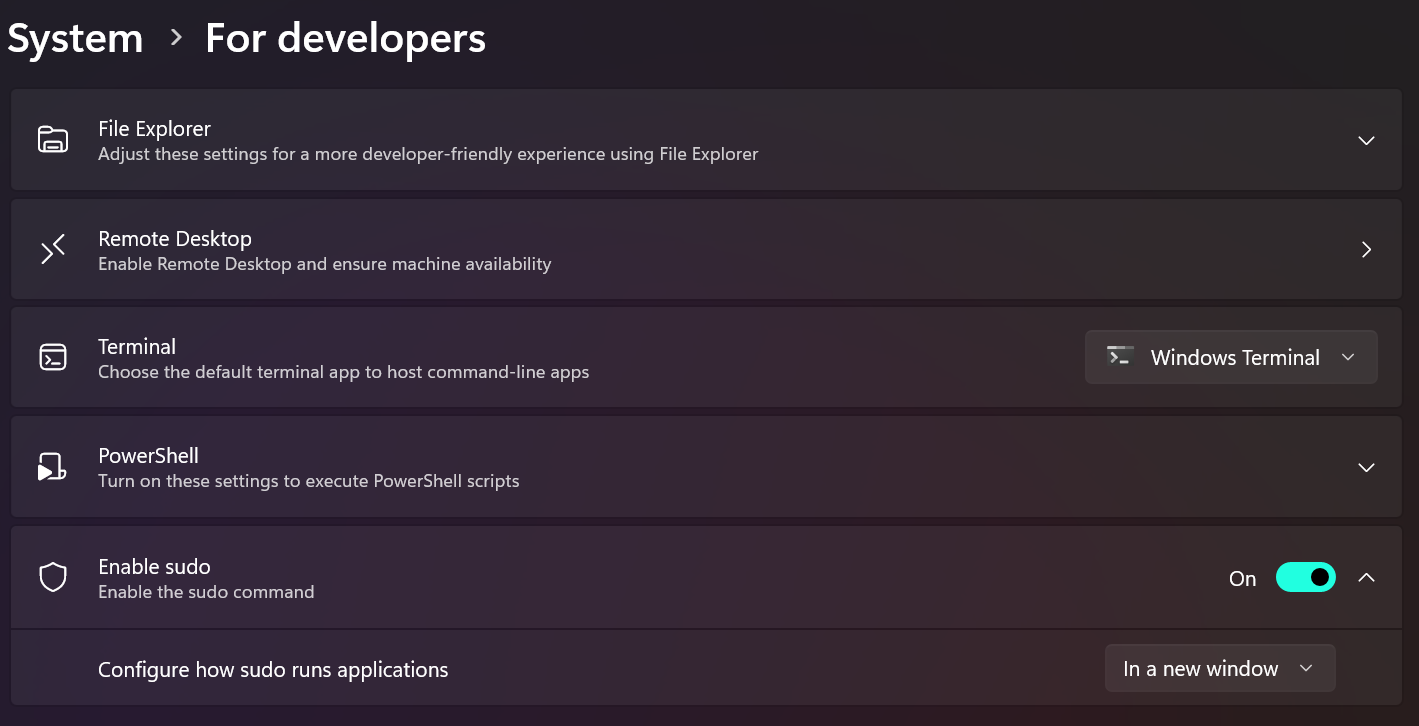What just happened? Microsoft has introduced a handy new feature in the latest Windows 11 Insider build – Sudo for Windows. Sudo, which stands for "superuser do," is a command typically found in Linux operating systems that allows users to conveniently run elevated commands from a normal user account without having to open a separate elevated console first.

Windows 11 users will soon be able to run elevated commands from a normal command prompt window, thanks to a new feature called 'Sudo for Windows'. Clearly inspired by Linux, the feature should come in handy for developers, IT professionals, and Linux enthusiasts.
This addition brings a bit of Linux familiarity to Windows and provides more convenience for users who need to execute admin-level commands regularly. But unlike the Linux version, which is its own separate utility, Sudo for Windows is a custom implementation designed specifically for the Windows environment.
Also read: A Compilation of Command Prompt Tips, Tricks & Cool Things You Can Do
Microsoft also warns that everything about permissions and the command line experience is different between the two operating systems. "This project is not a fork of the Linux sudo project, nor is it a port of the Linux sudo project… as the two are entirely different applications, you'll find that certain elements of the Linux sudo experience are not present in Sudo for Windows, and vice versa."
Sudo for Windows is currently available for testing in Windows 11 Insider Preview Build 26052. If you are running this preview version, you can enable Sudo by navigating to Settings > For Developers and toggling on "Enable Sudo."

Three options are provided for how Sudo opens: in a new window, with input closed, or inline. Inline mode aims to offer the most seamless experience while the other two options may provide enhanced security controls for enterprises. Regardless of mode, Sudo elevates commands to admin privileges via the standard UAC prompt.
When enabled, users can simply prefix commands with "sudo" to elevate them directly in their normal command prompt window, eliminating the extra steps of launching a new admin prompt. For example, "sudo netstat -ab" would bring up the network status elevated without having to open an admin command prompt first.
While Sudo for Windows is currently only available in insider builds, it's meant to be rolled out to all Windows 11 users once testing is complete. Microsoft has published some of the source code on GitHub and plans to make Sudo fully open-source in the future.
The addition of this familiar Linux tool to Windows should be welcomed by developers, IT professionals, and power users who frequently need to execute admin-level commands in their daily work.
https://www.techspot.com/news/101840-windows-insiders-can-now-use-sudo-like-they.html